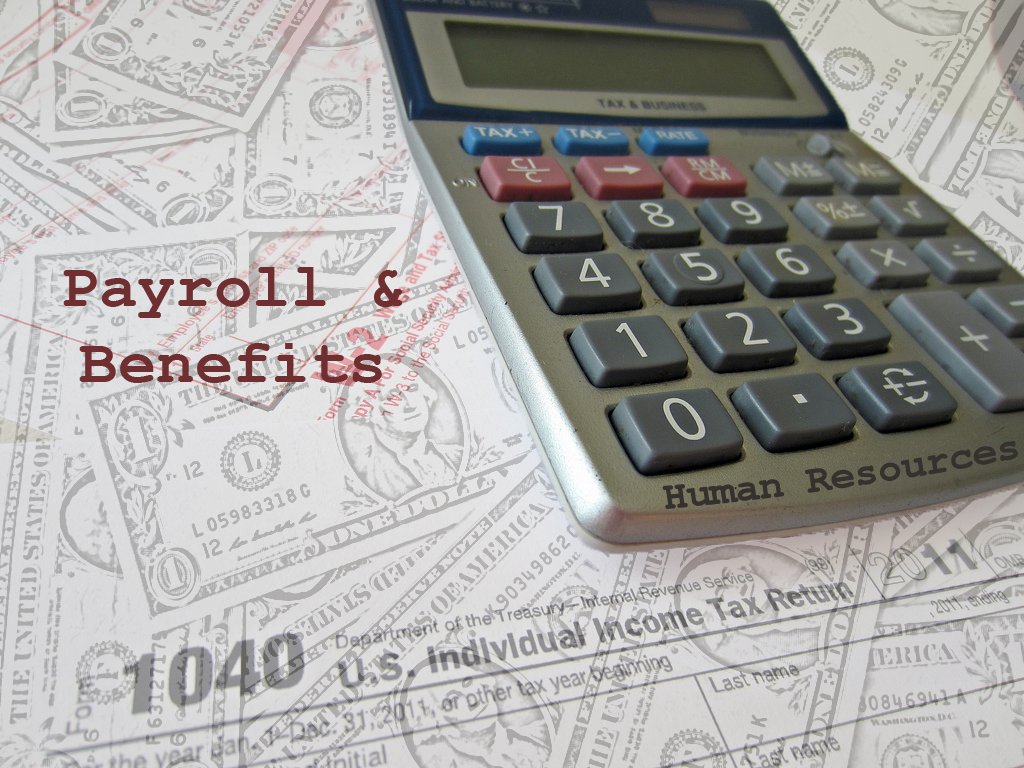If you’ve decided to hand off payroll to the experts, that’s a smart move! However, choosing the right Payroll Services in Canada can be tricky. With so many options available, it’s easy to fall into common pitfalls that can cost you time, money, and peace of mind. Don’t worry—this guide is here to help you avoid those mistakes.
By the time you’re done reading, you’ll know what to look for, what to avoid, and how to make a choice that truly benefits your Canadian business.
Why Payroll Services Matter

Payroll isn’t just about paying your team on time; it’s about compliance, accuracy, and efficiency. A good payroll service can simplify tax calculations, keep you in line with Canada Revenue Agency (CRA) regulations, and free up your time to focus on growing your business. But if you choose the wrong provider could lead to errors, missed deadlines, and, worst of all, CRA penalties.
To avoid all that stress, here’s what NOT to do when comparing payroll services in Canada.
Costly Mistakes When Comparing Payroll Services in Canada

1. Skipping a Cost Comparison
One of the businesses’ biggest mistakes is jumping into a contract without understanding the costs. Payroll service providers in Canada vary in pricing structures—some charge monthly flat fees, while others bill per employee or transaction. Make sure you’re comparing apples to apples.
Pro tip: Watch out for hidden fees! Some providers charge extra for year-end tax forms, additional users, or customer support. Read the fine print carefully to avoid surprises. Remember, not all expensive providers are the best fit, and not all cheap options are right for your needs.
2. Ignoring CRA Compliance
Your payroll service must comply with CRA requirements. Yet, many businesses overlook this early on, only to face problems later. The right provider should handle payroll deductions, federal and provincial tax remittances, and year-end T4 filings without issue.
Ask these questions during your initial research:
- Does the service offer automated CRA remittance?
- Can they handle unique tax rules for different provinces, such as Quebec?
- Do they provide audit trails to keep your business protected?
Ensuring your provider is experienced with CRA rules is essential to avoid penalties and audits.
3. Choosing Based on Features You Don’t Need
It’s easy to get dazzled by flashy features—direct deposit, mobile apps, employee self-service portals, and so on. While these are useful, focus on what your business actually needs. A small business in Alberta, for example, may not need the same feature set as a multinational corporation based in Toronto.
Evaluate the functions that are most critical to your operations. Sticking to your must-have list will help you avoid paying for extras that don’t add value.
4. Overlooking Customer Support
Issues can crop up—whether it’s a payroll miscalculation or questions about software. What really matters is how quickly and efficiently your provider can resolve them.
When considering payroll services, find out:
- What customer support options are available (live chat, email, phone)?
- Are representatives based in Canada, with knowledge of local laws?
- Is support available during your working hours?
A provider with slow or unhelpful support can cause unnecessary frustration. Don’t settle for anything less than exceptional service.
5. Neglecting Security
Payroll data is sensitive, holding everything from employee bank information to Social Insurance Numbers (SINs). You can’t afford to work with a provider that doesn’t prioritize security.
Look for services that offer advanced protection, like end-to-end encryption, two-factor authentication, and secure cloud storage. Plus, verify if the provider complies with Canadian privacy laws (PIPEDA) to ensure your data is in safe hands.
6. Forgetting to Ask About Scalability
You might have only five employees today, but what if that number doubles next year? Choosing a payroll service that can grow with you is crucial. Switching providers down the line because of inefficiencies can be costly and disruptive.
Ask whether the system supports businesses of different sizes and types and if there are modular add-ons that can serve your needs as the business grows.
Final Thoughts
Avoid These Costly Mistakes When Comparing Payroll Services in Canada by doing thorough research and asking the right questions. Remember to compare costs, check for CRA compliance, prioritize essential features, and evaluate customer support and security. Taking the time to get it right now will save you headaches in the future.
The right payroll provider isn’t just a vendor—it’s a partner that keeps your business running smoothly. Take a close look, weigh your options, and make an informed decision. Your employees (and your bottom line) will thank you!
FAQ on Payroll Services in Canada
What is the payroll system in Canada?
Payroll includes all processes involved in compensating employees, from wage calculation to deductions and final payments. Canadian businesses must stay compliant with federal and provincial payroll regulations to avoid penalties.
How to calculate payroll?
To calculate gross pay for salaried employees, one must multiply the employee’s total yearly salary by the number of pay periods in a year. On the other hand, for hourly employees, the gross pay is calculated by multiplying the number of hours worked by the hourly wage.
How employees are paid in Canada?
Salaries are usually paid on a monthly or semi-monthly basis. Some provinces/territories impose a pay frequency on employers. Many employers also pay on a weekly or bi-weekly basis.
What is ADP in payroll?
Automatic Data Processing
ADP Check An ADP service that enables employers to pay their employees with checks drawn on a bank account maintained and reconciled by ADP.
How to process a payroll?
There are 7 steps to process payroll-
1. Select a payroll system.
2. Develop a payroll policy.
3. Collect employee information.
4. Calculate gross pay.
5. Complete all deductions.
6. Process net pay.
7. Keep accurate records.
How is Canadian payroll different from US payroll?
Each Canadian province and territory has distinct employment standards, including requirements around pay frequency, minimum wage, overtime, and holiday pay. For example, while biweekly payments are common in the US, some Canadian provinces may mandate different pay frequencies.




